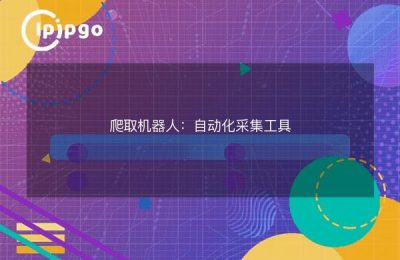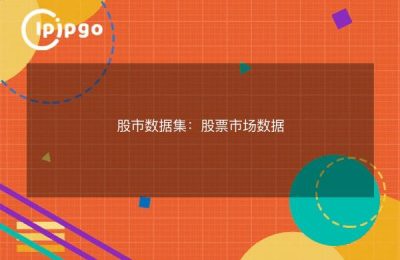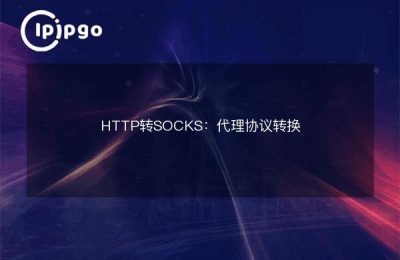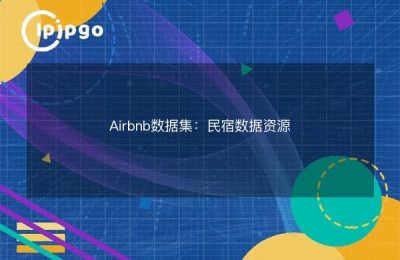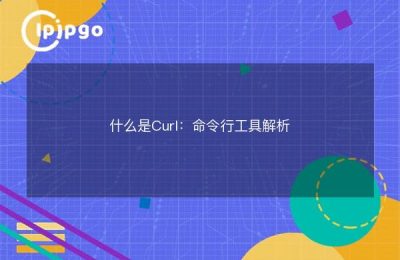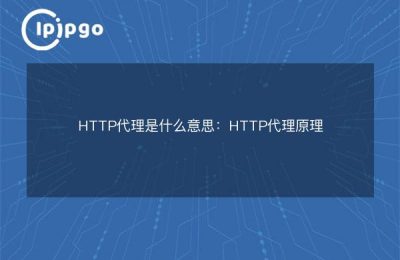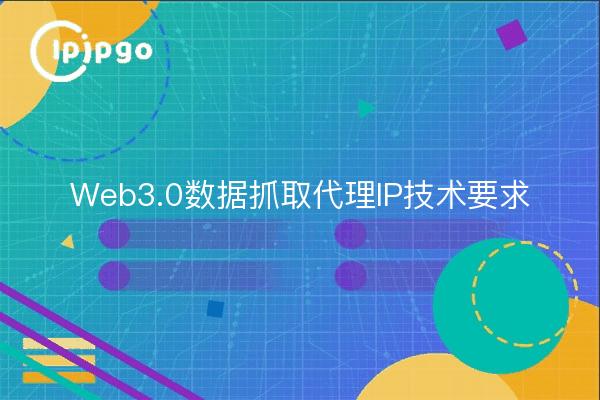
In the Web3.0 ecosystem, from NFT transaction records to smart contract invocation logs, the real-time collection of massive data directly affects the efficiency of project decision-making. In this paper, we will take a hands-on perspective to analyze how to collect data byipipgoThe proxy IP technology to build a compliant and efficient data capture system.
I. The Three Characteristics of Web3.0 Data Crawling
Unlike traditional Internet crawling, Web 3.0 data collection faces unique challenges:
| Nodal volatility | Ethernet node response time variance up to 30x (200ms-6s) |
| Protocol diversity | Need to handle HTTP/JSON-RPC and WebSocket long connections simultaneously |
| Fingerprint Sensitivity | Clock offsets on the order of 0.1 seconds can trigger defense mechanisms |
Second, the four major technical indicators of the proxy IP
groundipipgoHands-on experience in DeFi data crawling, qualified agents need to be satisfied:
1. Deep protocol adaptation
Measurements show that when using a common HTTP proxy to capture WebSocket protocol data, the connection interruption rate is as high as 47%. It is recommended to choose a proxy that supports thefull protocol penetrationservice providers, such as ipipgo's SOCKS5 proxy can increase WebSocket hold times to 15 minutes or more.
2. Dynamic fingerprint disguise
via ipipgo'stime zone synchronization technology, which automatically matches the proxy IP location:
- System language version
- Browser Fingerprinting
- TCP window size parameter
The solution reduced the data request recognition rate of a DEX platform from 32% to 1.7%
3. Intelligent traffic scheduling
Refer to the following figure to configure the agent pool parameters:
# Python sample code (using ipipgo interface) from proxypool.scheduler import Scheduler
scheduler = Scheduler(
region="global",
region="global", min_success_rate=0.95,
max_requests_per_ip=50,
protocol_weights={"http": 30, "socks5": 70}
)
Three, four steps to build anti-banning system
Step 1: Create a Dedicated IP Pool
Log in to the ipipgo console and selectWeb3.0-specific templates::
- Automatic filtering of high-risk country IPs
- TLS fingerprint obfuscation is enabled by default
- Setting up IP changes every 30 requests
Step 2: Configure Traffic Obfuscation Policy
Inserted after every 5 data grabs when grabbing smart contract logsMasquerade request::
1. Visit the white paper page of the target platform
2. Randomly click on 2-3 navigation menus
3. Setting up the mouse movement trajectory for 300-800ms
Step 3: Setting up the dynamic hibernation mechanism
Design request intervals with reference to human operating rhythms:
- Base interval: 1200±300ms
- Increase 200ms interval for every 20 requests completed
- Automatically extends to 5 seconds when encountering a CAPTCHA
Step 4: Implementation of dual-channel calibration
Run two agent pool systems in parallel when the primary channel success rate is less than 90%:
1. Automatic switching of alternate channels
2. Trigger IP blacklist update
3. Send e-mail alert notification
IV. Practical guide to avoiding pitfalls
Case: Data Loss Incident in a DAO Governance Platform
Original solution: 2000 crawls per hour using a single static IP
Problem: IP tagged causing 12-hour data outage
ipipgo optimization program::
- Mixed use of dynamic residential IPs + server room IPs
- Setting up IP changes every 50 requests
- Enable request header randomization plugin
Improved data integrity from 811 TP3T to 99.31 TP3T after implementation
V. Answers to high-frequency questions
Q: How do you balance crawl speed and stability?
A: RecommendedGraded Rate Control::
- Regular hours: 1-2 requests per second
- Peak data update: ipipgo-enabledburst modeInstantaneous uplift to 5 times/second (requires advance filing of IP segments)
Q: How can historical data retrospectives avoid duplicate collection?
A: Using ipipgo'sIP track locking function, which highly binds specific IPs to blocks:
1. Creation of separate collection tasks for each block
2. Automatic recording of successful IP addresses
3. Prioritize the calling of historical IPs when repeated collection is performed
Q: What should I do if I encounter a CAPTCHA storm?
A: Immediate implementationThree-tier fusion strategy::
1. Switch to CAPTCHA-friendly IP pool (advance application required)
2. Reduce the frequency of requests to 0.5 requests/second
3. Activation of manual verification of alternate channels
pass (a bill or inspection etc)ipipgos 90 million residential IP resources and intelligent scheduling system, a head blockchain browser to achieve a stable collection of 120 million requests per day. Register now to receivefree trial amount, immediately experience the new paradigm of Web 3.0 data crawling.

